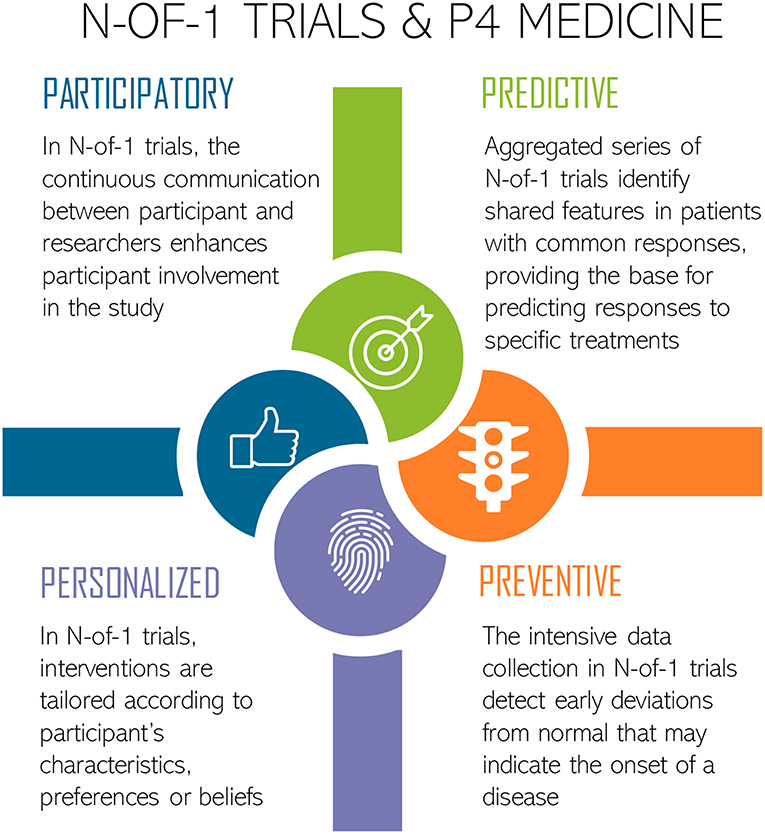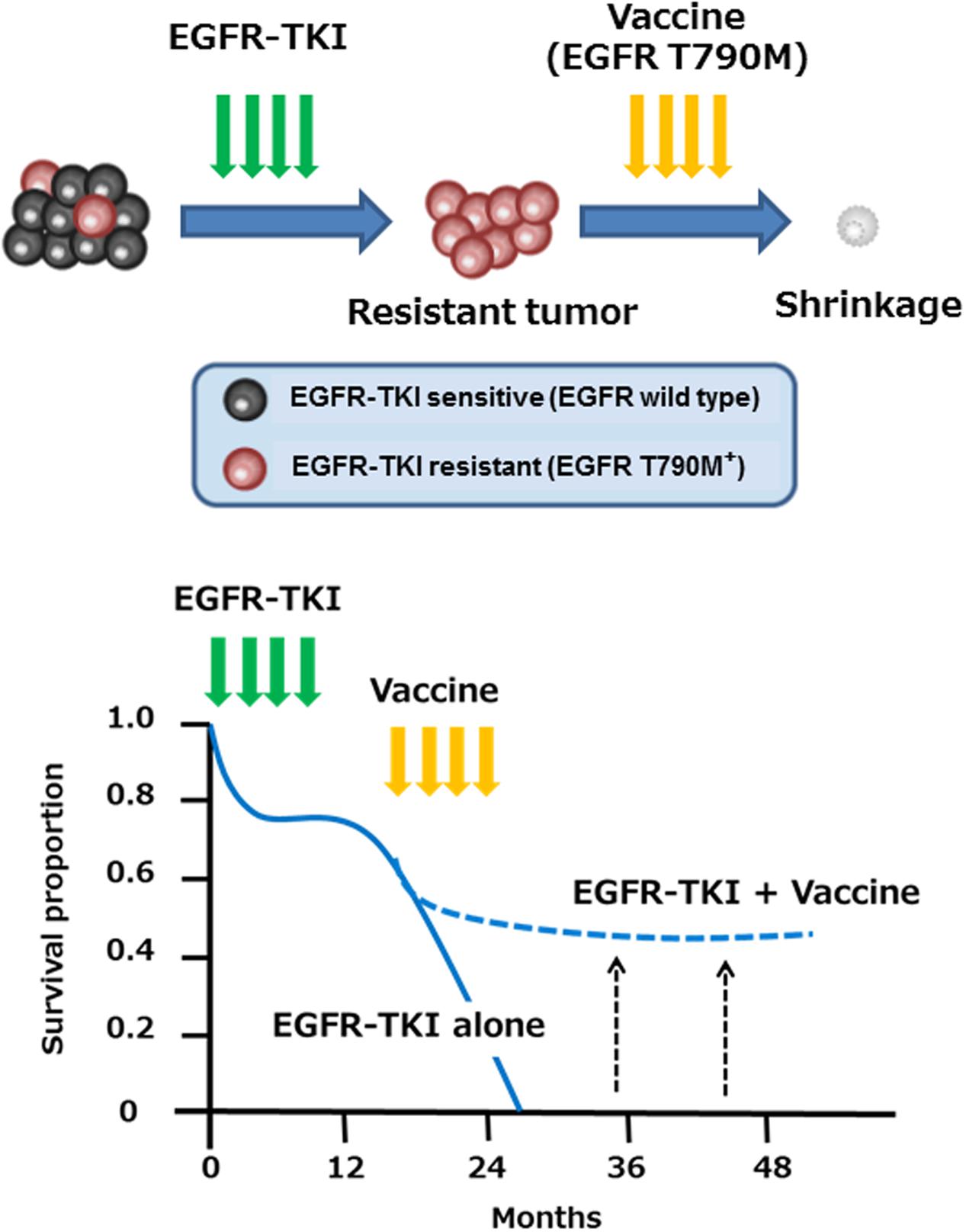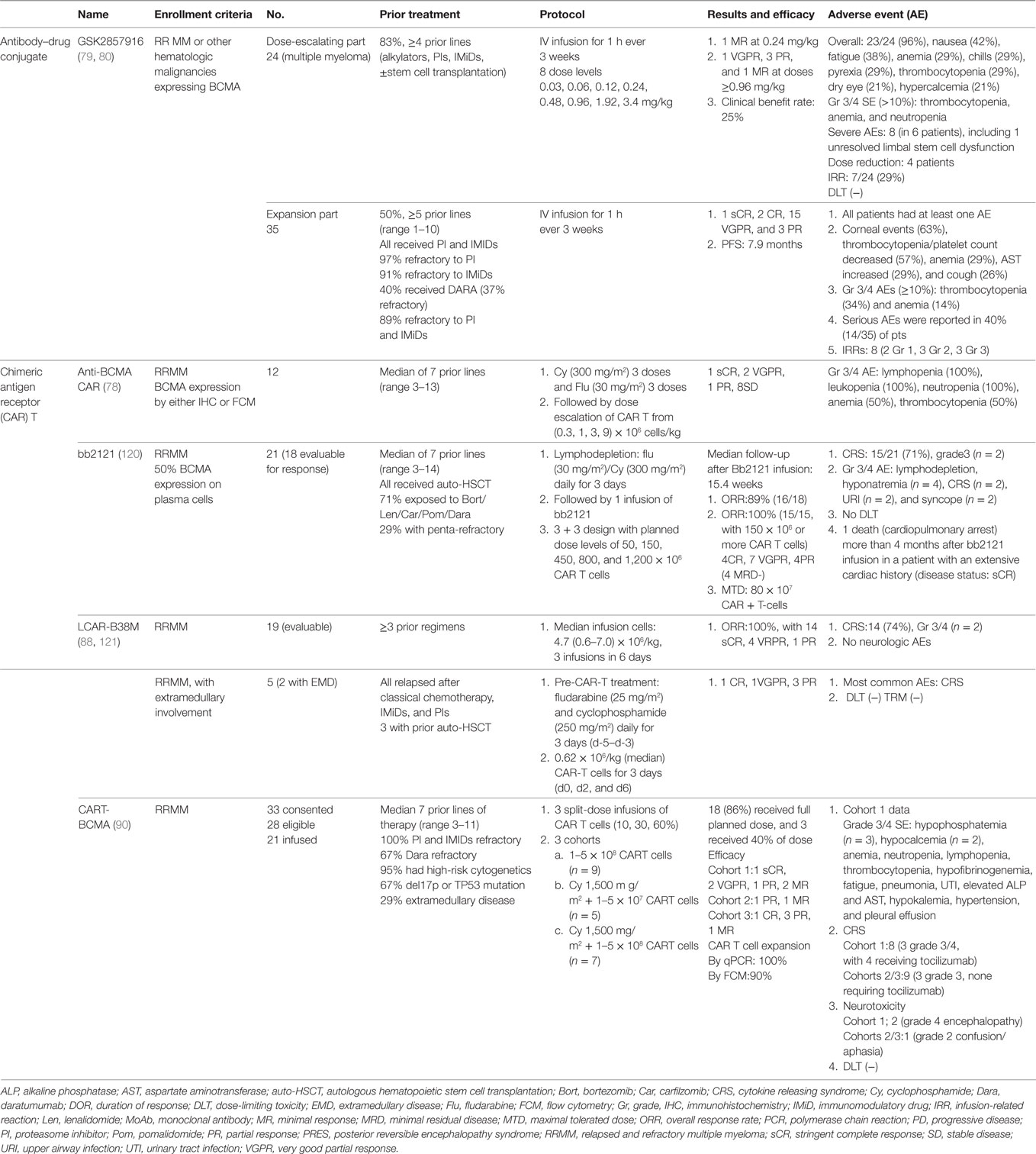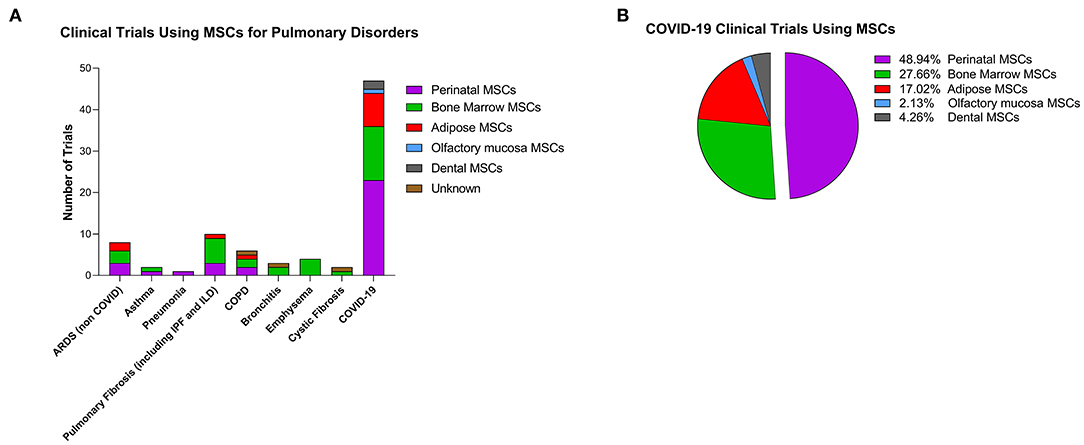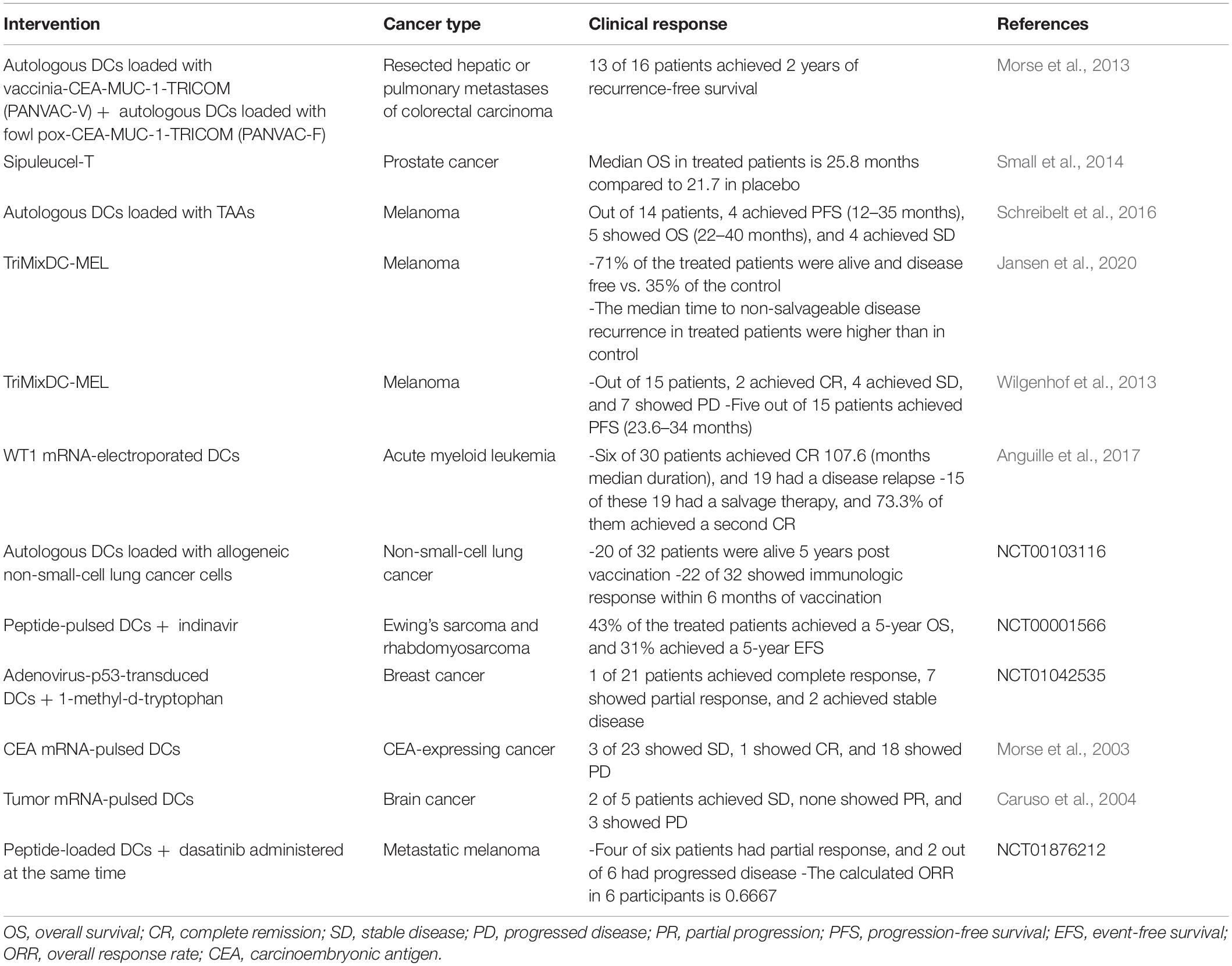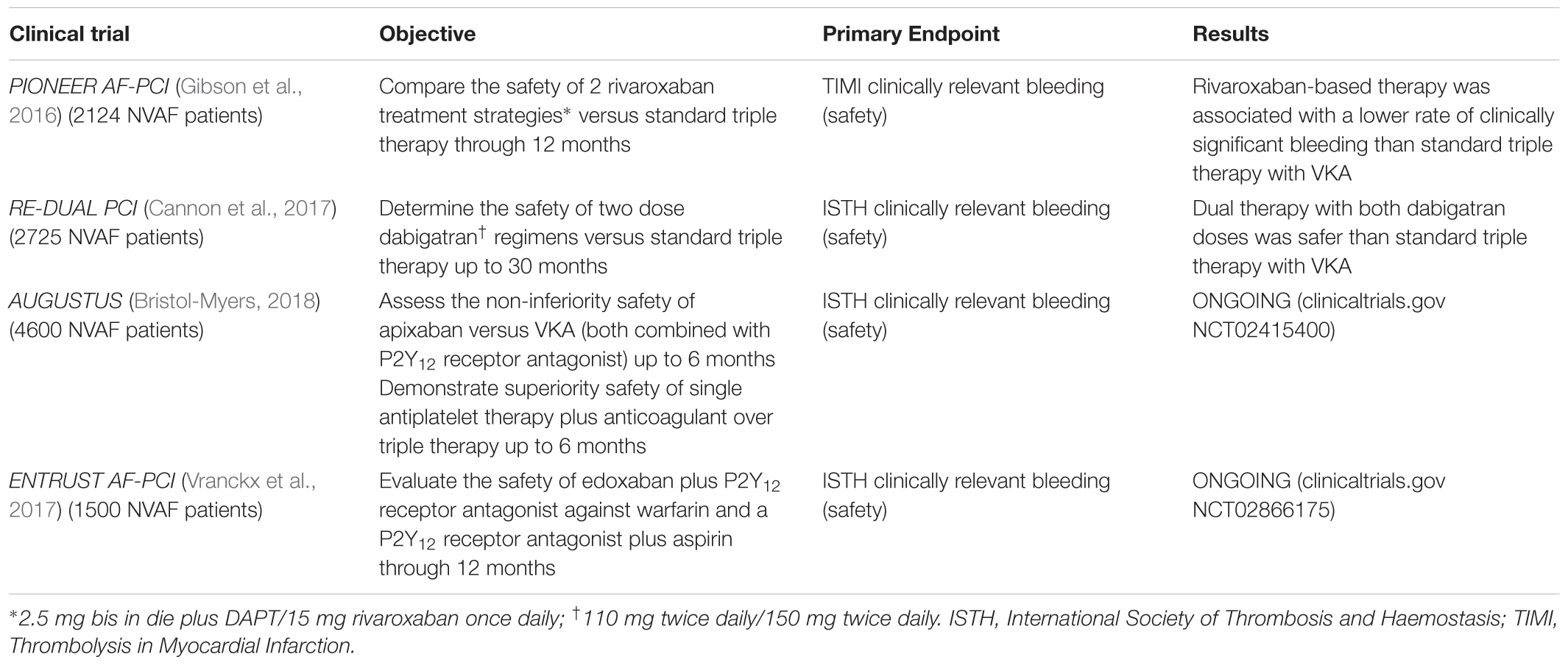Investing in the healthcare sector can be a rewarding endeavor, especially when you have knowledge about the latest advancements and potential breakthroughs. One such area of interest is mymd-1 clinical trials.
In this article, we will delve into the basics of mymd-1 clinical trials, their significance in addressing chronic inflammation and sarcopenia/frailty, and how investors can make informed decisions regarding these trials.
Introduction to mymd-1 and its Potential Impact
Chronic inflammation and age-related conditions like sarcopenia/frailty can have a significant impact on an individual’s quality of life. Fortunately, there is promising potential in a groundbreaking immunomodulatory therapy called mymd-1.
This innovative technology aims to address chronic inflammation by enhancing the body’s natural defense mechanisms and boosting immune responses.
Persistent inflammation is often associated with various health issues, including rheumatoid arthritis, Crohn’s disease, and age-related muscle loss. By targeting this underlying cause, mymd-1 has the potential to revolutionize the treatment options available for millions of individuals suffering from these conditions.
The key objective of mymd-1 clinical trials is to assess the effectiveness of this therapy in reducing chronic inflammation and improving patient outcomes. These trials involve rigorous testing and evaluation of the therapy’s safety, dosage requirements, and overall efficacy.
The potential impact of mymd-1 extends beyond just relieving symptoms. By addressing chronic inflammation at its root cause, this therapy has the potential to provide long-term benefits and improve patients’ overall well-being.
It offers hope for individuals who have been struggling with debilitating conditions that significantly impact their daily lives.
Furthermore, mymd-1 holds promise not only for those currently affected by chronic inflammation but also for individuals at risk or experiencing early signs of age-related conditions. The ability to mitigate the effects of aging on muscle mass and function could potentially enhance longevity and maintain independence as people grow older.
The Significance of mymd-1 Clinical Trials in Addressing Chronic Inflammation and Sarcopenia/Frailty
Chronic inflammation is a widespread issue impacting global health, often leading to conditions such as sarcopenia and frailty. To address these concerns, mymd-1 clinical trials play a crucial role in evaluating the effectiveness of this novel therapy.
By investing in these trials, you not only have an opportunity for potential returns but also contribute to groundbreaking medical advancements that could revolutionize patient care.
Evaluating the efficacy, tolerability, and pharmacokinetics of mymd-1 is essential in making informed decisions about its potential. Researchers rigorously assess data collected from these trials to determine how mymd-1 affects inflammatory pathways and improves health outcomes.
Additionally, monitoring tolerability helps identify any adverse effects or reactions associated with treatment. Understanding the pharmacokinetics of mymd-1 allows for precise dosing strategies that maximize therapeutic benefits while minimizing risks.
Investing in mymd-1 clinical trials offers an extraordinary chance to drive scientific advancements and improve patient care by addressing chronic inflammation and age-related muscle wasting.
Through these trials, we can gain valuable insights into the potential of mymd-1 as a game-changing therapy, paving the way for innovative medical solutions with life-transforming possibilities.
Exploring the Effectiveness of mymd-1 in Reducing Chronic Inflammation
Chronic inflammation, a key factor in many chronic diseases, is being targeted for reduction through the use of mymd-1. Clinical trials are underway to assess the effectiveness of this therapy by evaluating specific inflammatory pathways and measuring biomarker levels or disease activity scores.
Investors should closely monitor these trial results as positive outcomes can significantly enhance the value of investing in mymd-1 clinical trials, indicating its potential in reducing chronic inflammation.
In summary, exploring the effectiveness of mymd-1 in reducing chronic inflammation involves rigorous clinical trials that examine its impact on specific inflammatory pathways.
Monitoring objective data such as changes in biomarkers or disease activity scores is crucial for investors looking to capitalize on the potential value of mymd-1 clinical trials.
Assessing the Tolerability and Safety Profile of mymd-1 in Clinical Trials
Ensuring patient safety is paramount in clinical trials for mymd-1. Adverse events and side effects are closely monitored, providing investors with confidence in its potential approval and market acceptance. Analyzing safety data from different trial phases helps make informed investment decisions based on risk-reward assessment.
Paying attention to significant adverse events guides evaluation of future prospects, minimizing potential risks associated with mymd-1 therapy.
| Aspect | Importance |
|---|---|
| Frequency | High |
| Severity | High |
| Duration | Medium |
| Market Acceptance | Medium |
| Risk-Reward Assessment | High |
Understanding the Pharmacokinetics of Mymd-1 for Optimal Dosing
Pharmacokinetics involves how drugs are absorbed, distributed, metabolized, and eliminated in the body. Understanding mymd-1’s pharmacokinetic properties is crucial for determining the best dosing regimen that maximizes therapeutic benefits while minimizing side effects.
Investors should watch out for pharmacokinetic data from clinical trials, including drug levels in the bloodstream over time. This data provides insights into dosing requirements and helps compare mymd-1 with other therapies.
Considering the strategic positioning of mymd-1’s clinical trial results in 2022 is essential for investors. Analyzing factors such as comparative efficacy, unique advantages, and drug interactions will help make informed investment decisions.
In summary, understanding mymd-1’s pharmacokinetics is vital for optimal dosing. Monitoring pharmacokinetic data and evaluating strategic factors will aid investors in assessing its potential value.
Anticipated Timeline for Releasing Clinical Trial Results
Investors in the medical sector must stay informed about the progress of clinical trials. One crucial aspect to monitor is the anticipated timeline for releasing trial results. By understanding this timeline, investors can plan their investments accordingly and make informed decisions.
To stay updated, investors should closely follow announcements from the company conducting the trials. These updates can be found through official statements, press releases, or presentations at conferences and events.
Aligning trial result timelines with investment goals is essential for strategic planning. Investors need to evaluate how these outcomes fit into their overall investment strategy and objectives.
Understanding and monitoring the anticipated timeline for releasing clinical trial results allows investors to navigate this space strategically and maximize their chances for success.
Potential Market Opportunities and Competitive Landscape for mymd-1
Assessing potential market opportunities is crucial for understanding the growth prospects and competitiveness of mymd-1 in the healthcare sector.
Investors should analyze market size, patient population, unmet medical needs, and the competitive landscape to gauge future demand and identify potential risks and opportunities associated with investing in mymd-1 clinical trials. By evaluating these factors, investors can make informed decisions about mymd-1’s viability in the market.
Discussing the Implications of Positive Trial Results on Future Research and Development
Positive trial results in immunotherapy have significant implications for future research and development efforts. These outcomes can attract further funding, partnerships, and licensing opportunities, enhancing the value of investments in mymd-1 clinical trials.
Investors should consider how positive outcomes may impact long-term growth potential and make informed decisions about their involvement. Successful trial results also generate excitement within the scientific community, leading to increased funding for research and collaborations between organizations.
Licensing opportunities can expedite commercialization while reducing costs. Understanding these implications is crucial for investors in mymd-1 trials to maximize returns and contribute to the advancement of immunotherapy research.
[lyte id=’HFX4rBzX8pY’]

